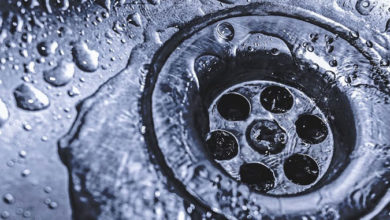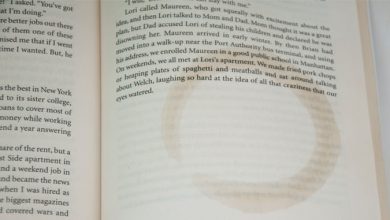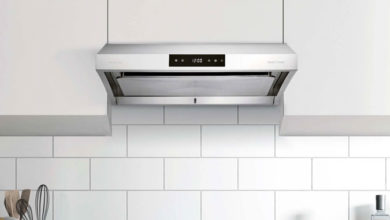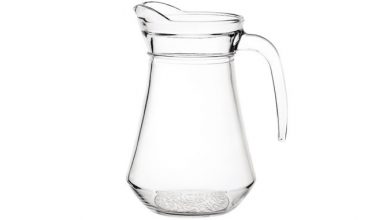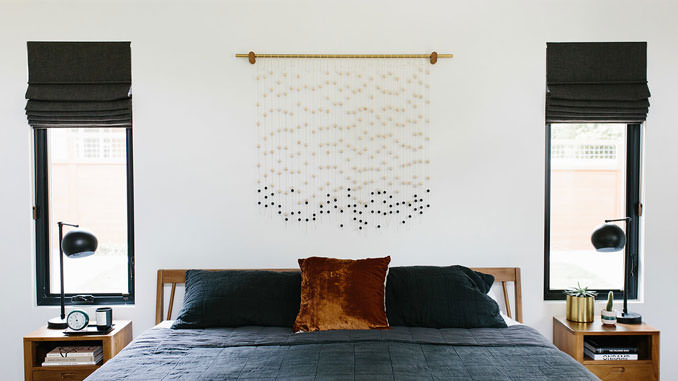
How to clean a beaded wall
It is not unusual to use the wrong product instead of the one that would have been the most appropriate, or it often happens to spend money on products which then, once the work is done, do not turn out to be satisfactory.
This can happen both when cleaning the floors, the furniture, the walls, and so on. The following steps will be explained with a simple guide on how to clean a beaded wall, highlighting the peculiarities and essential characterizations of this process to achieve it in the best way.
Cleaning the house is one of the most loved and feared activities by homemakers and not only. It is a process that requires effort, sweat, and a lot of goodwill, and that often raises important questions about the right procedure to be adopted.
The coatings in beaded wood are generally impregnated with a transparent impregnating agent, which allows the transpiration of the wood and that the latter does not rot due to atmospheric conditions, especially humidity and rain.
Despite having this fundamental protection, you must use the right cleaning products, since the use of too basic or acidic lotions could corrode the wood and change its color, or, in the worst case, ruin it completely!
For optimal cleaning, you must use specific products: if you want to give a quick clean, to remove excess dust, you can use a damp cloth soaked with simple water; if, on the other hand, you want to carry out a deeper cleaning, then you must use a cleaning cream for wood, diluted in aqueous solution.
The walls in beaded wood are one of the most beautiful, attractive, and, above all, functional home coverings. The wooden walls allow us to isolate the internal environment from the external one. In winter, the house is isolated from the cold, and summer is a cool meeting place contrasted with the infernal temperatures outside. The paneling in beaded wood is especially useful for the higher floors of the house, where the difference between inside and outside is more incisive.
Finally, it is important to clarify which products could be that risk damaging the wood. Even if properly diluted, the use of ammonia can lead to a deterioration of the walls: it would be advisable not to use it.

